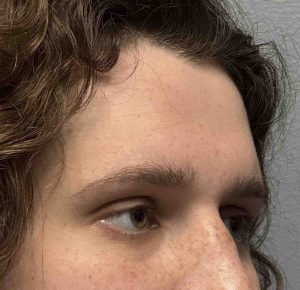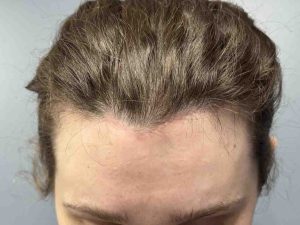Background
The forehead is one of the most gender-defining areas of the face. Many transfeminine patients choose to undergo brow bone reduction as part of facial feminization surgery (FFS) to create a smoother, more feminine appearance.
There are two main ways to perform brow bone reduction:
- Type 1 (burring technique): The bone over the brow is simply thinned or shaved down. This works best when the brow bone isn’t very thick and the sinus cavity underneath is close to the surface.
- Type 3 (bone flap technique): The outer layer of the brow bone is temporarily removed, reshaped, and then repositioned. This allows for a greater reduction and is used when the brow bone sticks out more.
Each person’s frontal sinus anatomy (the air spaces inside the forehead) is unique. Because of natural differences between the left and right sides, it’s common for each side to need a slightly different surgical approach.
Case Example
A transfeminine patient came to Dr. Eppley wanting to soften her forehead and lift her brows through an incision placed just along her hairline. From the outside, her brow bones looked symmetrical, but during surgery, the underlying anatomy proved different on each side.
On the left side, the bone covering the sinus was thin, so Dr. Eppley used the Type 3 bone flap technique — carefully removing, reshaping, and replacing the bone.
- On the right side, the bone was thicker, so a Type 1 burring technique was used — the bone was gently thinned down without removing it.
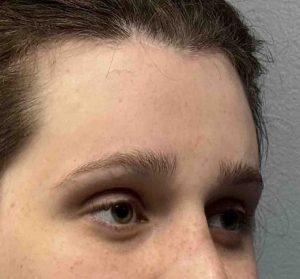
Discussion
This case shows that even when the forehead looks even on the outside, the bone and sinuses beneath can be quite different. Understanding and adapting to each patient’s unique anatomy ensures the safest and most natural-looking result.
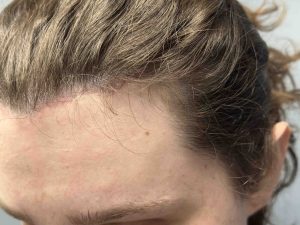
Key Takeaways
? Every patient’s forehead anatomy is different — one side may require a different approach than the other.
? Both Type 1 (burring) and Type 3 (bone flap) techniques can be combined in the same surgery.
? The result is a smoother, softer, more feminine forehead contour.
Dr. Barry Eppley
World-Renowned Plastic Surgeon

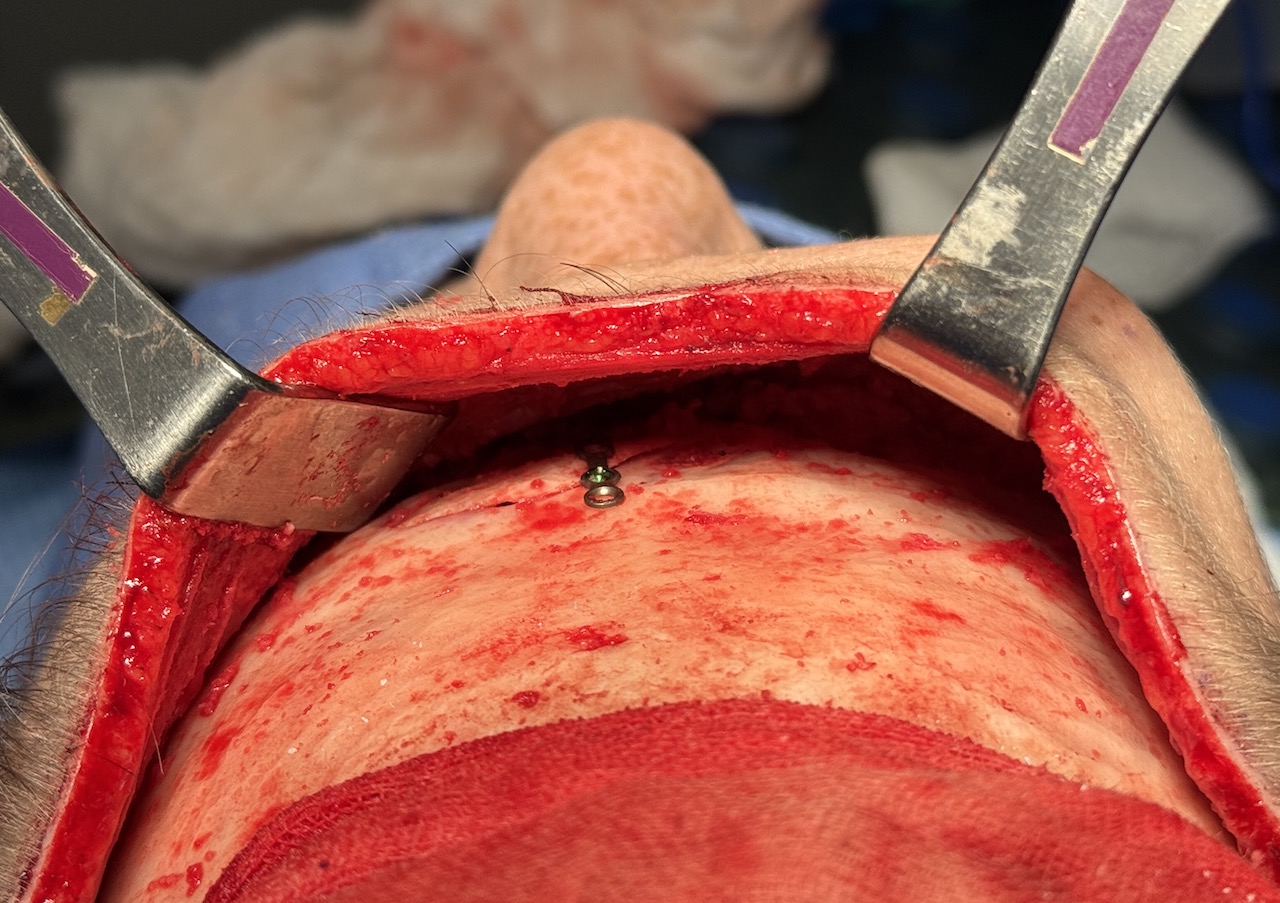


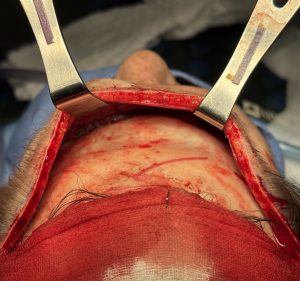
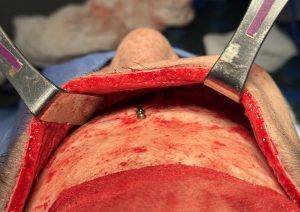 On the left side, the bone covering the sinus was thin, so Dr. Eppley used the Type 3 bone flap technique — carefully removing, reshaping, and replacing the bone.
On the left side, the bone covering the sinus was thin, so Dr. Eppley used the Type 3 bone flap technique — carefully removing, reshaping, and replacing the bone.